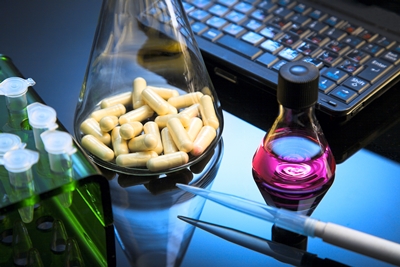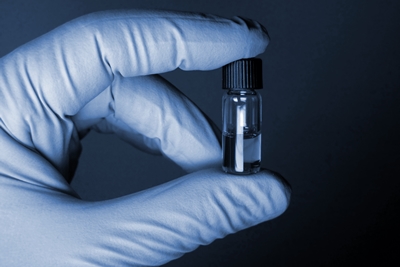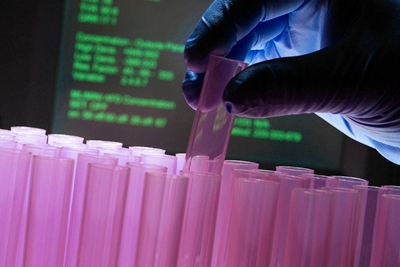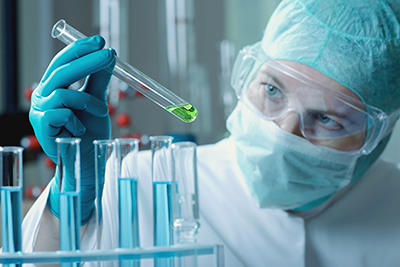RESOURCES Filtration as a Sterilization Method
Filtration as a Sterilization Method
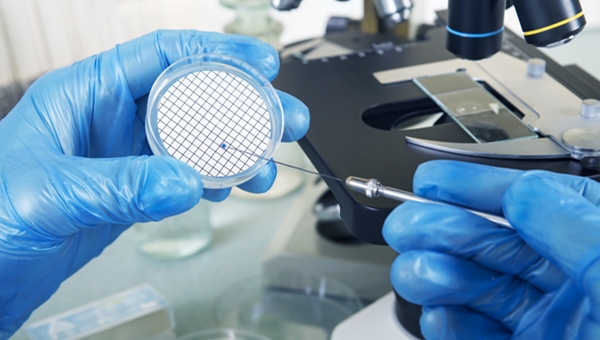
Sterility is the condition of being free from any viable organism. This is attained after carrying out sterilization, which is required for all compounded sterile products (CSPs). Effective sterilization of CSPs is among the key processes that must be proven effective through validation. The process should effectively inactivate viruses and destroy all microorganism without deteriorating the active ingredients and the designed dosage form.
The process of sterilization can be physical or chemical. Physical processes include moist heat, dry heat, irradiation and filtration. On the other hand, the use of gaseous or liquid sterilant is classified under chemical process. The first three physical methods and all chemical methods directly inactivate or kill viruses, bacteria and fungi. Filtration however, only removes microorganisms by separating them from the solution.
Sterility Assurance Level (SAL)
SAL is a unit of measure used in the assessment of the effectiveness of a sterilization process. SAL is defined as the probability of a single item in a batch of sterilized product to remain non-sterile despite being subjected to the sterilization process. An effective process has a very low SAL, meaning that there is an extremely small likelihood of any infecting microbes surviving the sterilization.
All methods excluding filtration have a SAL of 1x10-6, assuming that there will be one non-sterile item per one million sterilized items. Aseptically prepared products using 0.22 micron filter (sterilizing grade filter) has a SAL of 1 x10-3 having one non-sterile product item per one thousand sterilized items.
Sterilization Filtration
Sterilization Filtration is the method of removing microorganisms and particles present in a fluid stream by using a filter. This method best suits heat-sensitive liquids, alcoholic or oily preparations and preparations miscible with or soluble in aqueous or oily solvents.
A pore size of 0.2 or 0.22 µm is required to enable a sterilization filtration. Most pathogenic microorganisms are of this size or larger. Filters to be used in the process must be pyrogen-free. Size and configuration of filtration device should accommodate the volume of the product being filtered without clogging. The filter and housing should also be physically and chemically capable of withstanding pressure, temperature and hydrostatic stress during the process. It should also be made up of material that will not react with the chemical composition of the product to be filtered. A filter’s Certificate of Performance is required as a guarantee of filter validation from the manufacturer.
Ensuring Filter Integrity
USP Chapter <797> requires CSP manufacturers to allow filter units to undergo non-destructive integrity tests. The test is implemented upstream and downstream of filtration to detect any possible changes in filter element properties thereby supplying positive results, confirming the success of the filtration step.


